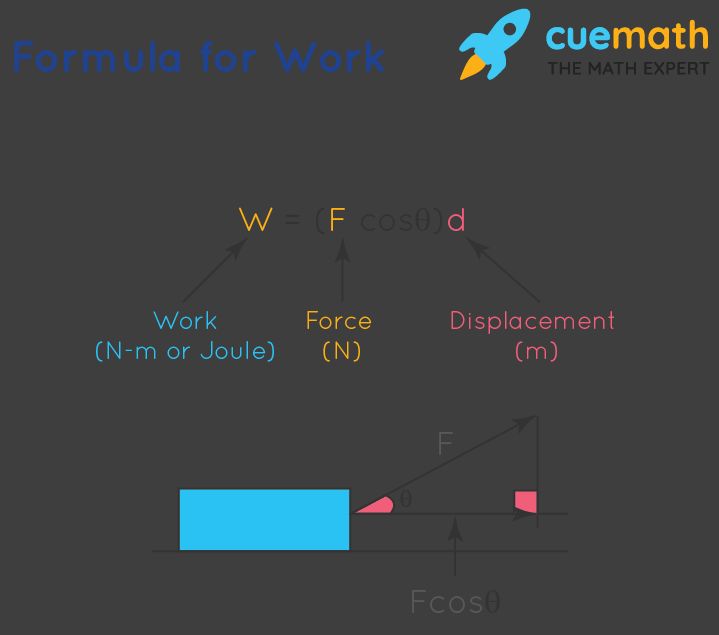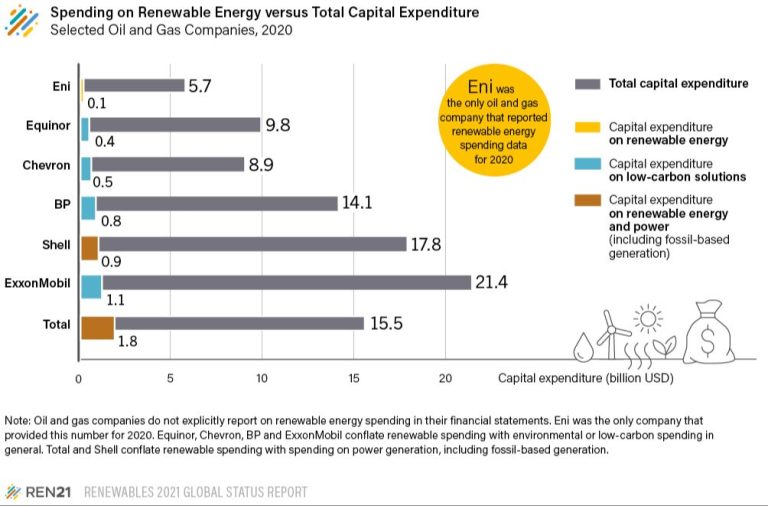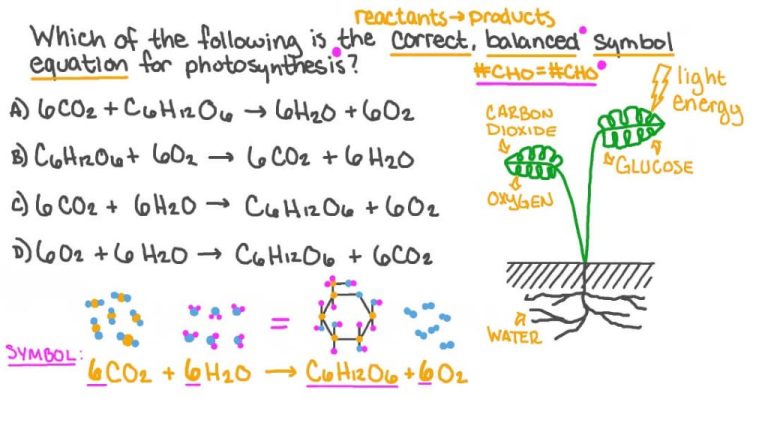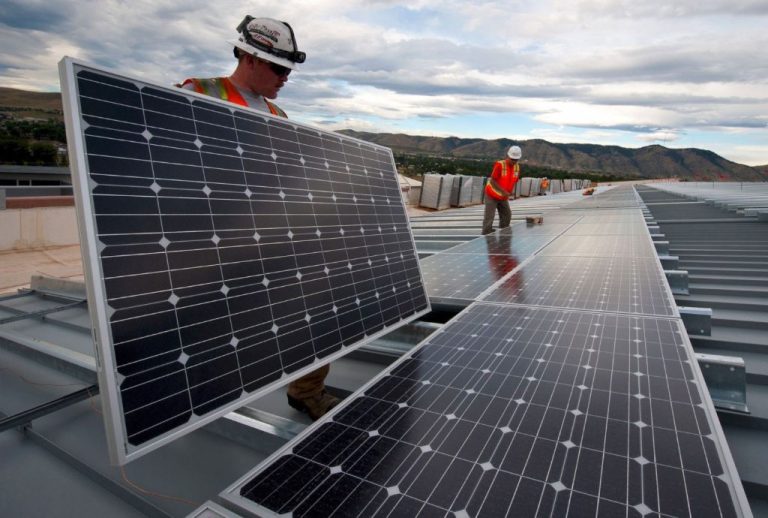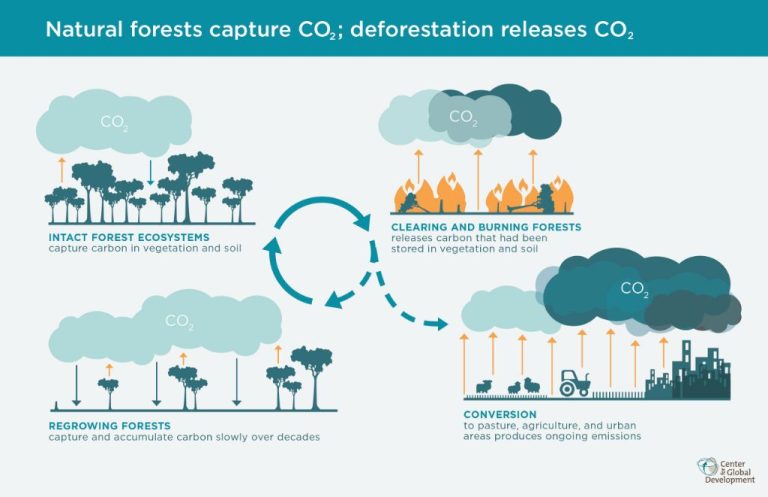Can We Generate Our Own Electricity?
With energy costs on the rise, more and more people are looking for ways to take control of their electricity and reduce their dependence on the grid. Generating your own electricity has gone from a fringe idea to a viable option for many homeowners and businesses. The benefits extend beyond just saving money – by producing your own power, you gain energy independence and can reduce your carbon footprint. In this article, we’ll look at the current electricity landscape, the advantages of self-generating, the main technologies available, key factors in deciding what’s best for your needs, and the pros and cons of solar panels, wind turbines, microhydropower and natural gas generators.
Current Electricity Landscape
For most of us, purchasing all of our electricity from utility companies is the default option. We typically receive a monthly electricity bill from a utility provider such as a major electric company. They generate electricity at large production plants that could be hundreds of miles away, then transmit the electricity through a series of transmission lines and distribution wires to our homes and businesses. While this system works, it isn’t without its issues. Having large power plants in a few centralized locations can make the grid more susceptible to disruption caused by natural disasters and other hazards. Rolling blackouts in times of high demand and grid failure are concerning. Too much dependence on an aging transmission infrastructure has led some experts to warn that the widening gap between supply and demand could become a crisis in parts of the country if not addressed. Rural customers and areas with fewer utility options can also face higher costs and an unreliable service. This makes the prospect of generating at least some of your own electricity an attractive one.
Benefits of Self-Generated Electricity
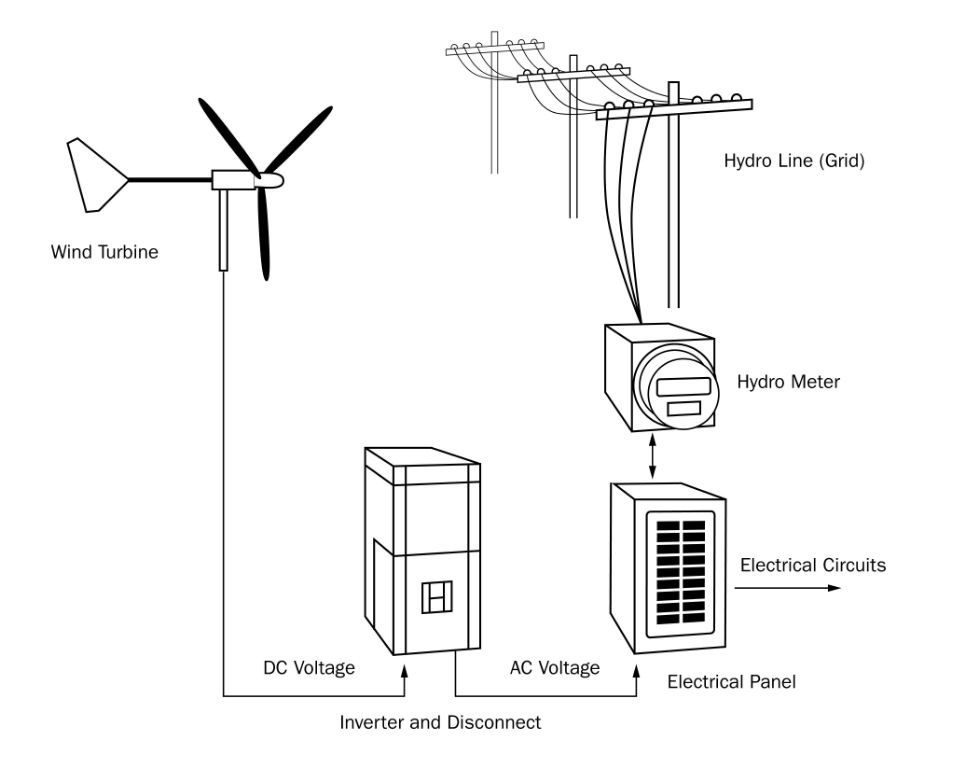
Generating your own electricity at home offers several advantages over relying solely on the grid. The top benefits of self-generated electricity include:
Reduced Electricity Bills – Producing your own power means drawing less from the grid. This can lead to significant savings on your electricity bills each month. The more power you generate onsite, the less you’ll have to pay the utility company.
More Sustainable – Generating your own renewable electricity from sources like solar and wind means producing clean energy and reducing your carbon footprint. Being energy self-sufficient is one of the greenest things you can do.
Increased Energy Independence – Depending on where you live, producing your own power means relying less on the traditional grid infrastructure. This gives you greater control over your electricity in case of grid failures or blackouts.
Home Electricity Generation Options
If you want to generate your own electricity at home, you have several options to consider. The most common renewable energy systems for home use are solar panels, small wind turbines, microhydropower, and natural gas generators.
Solar Panels
Solar photovoltaic (PV) panels convert sunlight into electricity. They can be installed on your roof or mounted on the ground. Solar PV systems require little maintenance and last 25-30 years. The amount of electricity generated depends on your location, roof orientation, and local weather patterns. Solar works best in areas with abundant sunlight.
Wind Turbines
Small wind turbines can also generate electricity at a residential scale. They are mounted on towers above obstructions and connected to a battery bank to store power. Wind turbines need at least 10 mph of wind to start generating electricity. They work best in windy, open areas.
Microhydropower
Microhydropower systems use flowing water from a stream or small waterfall to spin a turbine and make electricity. They require a suitable water source with good flow on your property. The systems run automatically and provide continuous renewable power when water is flowing.
Natural Gas Generators
Gas-fueled generators burn natural gas or propane to produce electricity. They provide backup power when the grid goes down. Natural gas generators release emissions, but produce fewer pollutants than diesel-powered models. Gas generators range from small portable units to larger standby whole-house systems.
Evaluating Options
When deciding how to generate your own electricity, it’s important to consider the pros and cons of each option as well as the installation and maintenance costs. The amount of space required is another key factor.
Solar panels provide renewable energy from the sun and have minimal ongoing costs after installation. However, they can be expensive to purchase and install initially. Solar panels also require adequate roof or ground space and sunlight exposure. Maintenance is minimal but some cleaning and upkeep is required.
Wind turbines utilize wind energy to generate electricity. They can work in conjunction with solar panels to diversify energy sources. Wind power has become more affordable but turbines are still a major investment. Considerable wind resources are needed for turbines to be effective. They also require acreage and zoning approval due to noise and aesthetic impacts.
Microhydropower harnesses the energy from flowing water on your property to produce electricity. This is a reliable option if you have access to a suitable water source and flow. However, the upfront installation costs are high and a licensing process is required. Ongoing maintenance is also needed to keep the turbine and waterway clear and running smoothly.
Natural gas generators provide backup energy that can kick in when electricity from the grid goes out. Fuel costs are moderate. However, generators require ventilation and safety precautions. Local ordinances may also restrict their use. Generators have more moving parts that require regular maintenance as well.
Carefully weighing all these factors will help determine the right electricity generation solutions for your particular home and property.
Solar Panels
Solar panels, also known as photovoltaic (PV) panels, convert sunlight directly into electricity through semiconducting materials. When sunlight hits the panels, electrons are knocked loose from the atoms, creating an electric current. This electricity can then be used to power your home or fed back into the grid.
There are two main types of solar panels – monocrystalline and polycrystalline. Monocrystalline panels are made from a single crystalline structure of silicon and tend to be slightly more efficient but also more expensive. Polycrystalline panels are made from many silicon fragments and tend to be cheaper but slightly less efficient.
The costs of solar panel systems have dropped dramatically in recent years, making them much more affordable. However, they still represent a significant upfront investment of anywhere from $10,000-$30,000 depending on the size of your system. Many homeowners take advantage of tax credits, rebates, and other incentives to offset the costs. The payback period is typically 4-8 years.
In terms of output, you can expect around 10-20 watts per square foot of panel. A typical 6 kW system will require around 400 square feet of roof space. Output is maximized with south-facing panels angled at latitude tilt. Obstructions like trees and buildings can result in shading and reduced production.
Proper installation is key for solar panels. Panels are mounted on racks that are anchored to the roof. Wiring runs through the attic to the electrical panel. Permits are typically required, so it’s advisable to hire a qualified solar installer. With proper maintenance, solar panels can last 25-30 years or longer.
Wind Turbines
Wind turbines convert the kinetic energy in wind into electricity. They consist of blades that capture the wind, connected to a rotor and generator that convert the rotational motion into electrical power. Residential wind turbines are much smaller than commercial models, with power capacities typically ranging from 2-20 kilowatts. This makes them suitable for mounting on homes, small businesses, boats, and RVs.
The cost of small wind turbines varies greatly depending on the model, height, power output, and location. The turbine itself can cost between $3,000 to $15,000. Installation costs are additional, often $1,000 to $5,000. Many states offer rebates and tax credits to incentivize small wind projects. The payback period ranges from 6-30 years, but can be much faster with incentives.
The amount of power generated depends on the turbine size, wind speeds, and local conditions. A 10 kW turbine at a site with average wind speeds of 12 mph may produce around 40,000 kWh per year. This would offset about 65% of the electricity needs of a typical household. Careful siting is important – turbines need unobstructed wind, away from buildings and trees.
Permitting requirements vary by location. Zoning laws may limit wind turbine height and noise. Homeowner association rules may apply. Inspections are typically required. Professional installation is recommended to ensure proper siting, safety, and performance.
Microhydropower
Microhydropower systems generate electricity by harnessing the energy from flowing water. A turbine or waterwheel is placed in a stream or small river to capture the kinetic energy of the moving water, which causes the turbine to spin. The turbine is connected to a generator that converts the mechanical rotation into electrical energy.
The amount of electricity that can be produced depends on the volume and vertical drop of the water. More flow and a higher vertical drop will produce more electricity. Typical microhydropower systems generate anywhere from a few hundred watts to 100 kilowatts of power. This makes them ideal for powering a home, farm, or small community located near a stream with consistent flow.
Installing a microhydropower system requires some upfront investment. Costs range from $2,000 – $20,000 depending on the size and complexity of the system. Permits are usually required if the project involves damming or redirecting the natural flow of water. Annual maintenance costs are low since the systems are generally reliable and automated.
When installing a microhydropower system, the optimal location is where the water can be diverted through pressurized pipes and dropped vertically onto the turbine. The intake system must not disrupt fish migration or impact the ecological balance of the stream. Local zoning regulations will determine if permits and environmental assessments are required before construction can begin. With the proper site and system sizing, microhydropower can provide clean, renewable electricity indefinitely with minimal maintenance and costs.
Natural Gas Generators
Natural gas generators are a popular option for home electricity generation. They work by burning natural gas or liquid propane to turn an engine that powers a generator to produce electricity. This makes them extremely reliable during power outages since they do not depend on external factors like sunlight or wind.
Natural gas generators range in size from portable models around 5kW up to standby whole house units over 50kW. Smaller units can provide backup power to essential circuits and appliances while larger units can power an entire home. The fuel source must be readily available, either by being connected to a natural gas utility line or having propane tanks refilled periodically.
Costs for natural gas generators start at around $1,500 for a basic portable model and go up to $10,000 or more for a permanently installed standby generator. The main ongoing costs are for maintenance and fuel. Most units need an annual tune-up and oil change which typically runs $100-200. Fuel costs vary depending on energy use but expect to pay standard natural gas or propane rates.
Routine maintenance like changing the oil, replacing filters, and inspecting connections is important for longevity and performance. Natural gas generators also need to be run periodically to keep engine parts lubricated. Overall they are relatively low maintenance compared to other home generation options.
Conclusion
In this article, we explored the benefits of generating your own electricity at home, including energy independence, cost savings, and environmental sustainability. We also reviewed several options for home electricity generation like solar panels, wind turbines, microhydropower, and natural gas generators.
If you’re interested in producing your own electricity, the next step is to evaluate your options in more depth. Consider your budget, property attributes, local regulations, and personal priorities. Consult with renewable energy installers to help determine the best system for your situation. They can provide quotes and advice tailored to your home.
Generating even a portion of your own electricity can be empowering while also reducing your carbon footprint. With planning and research, you may find it is feasible to meet some or even all of your home’s electricity needs. The renewable energy market is expanding rapidly, making systems more accessible and affordable than ever.

